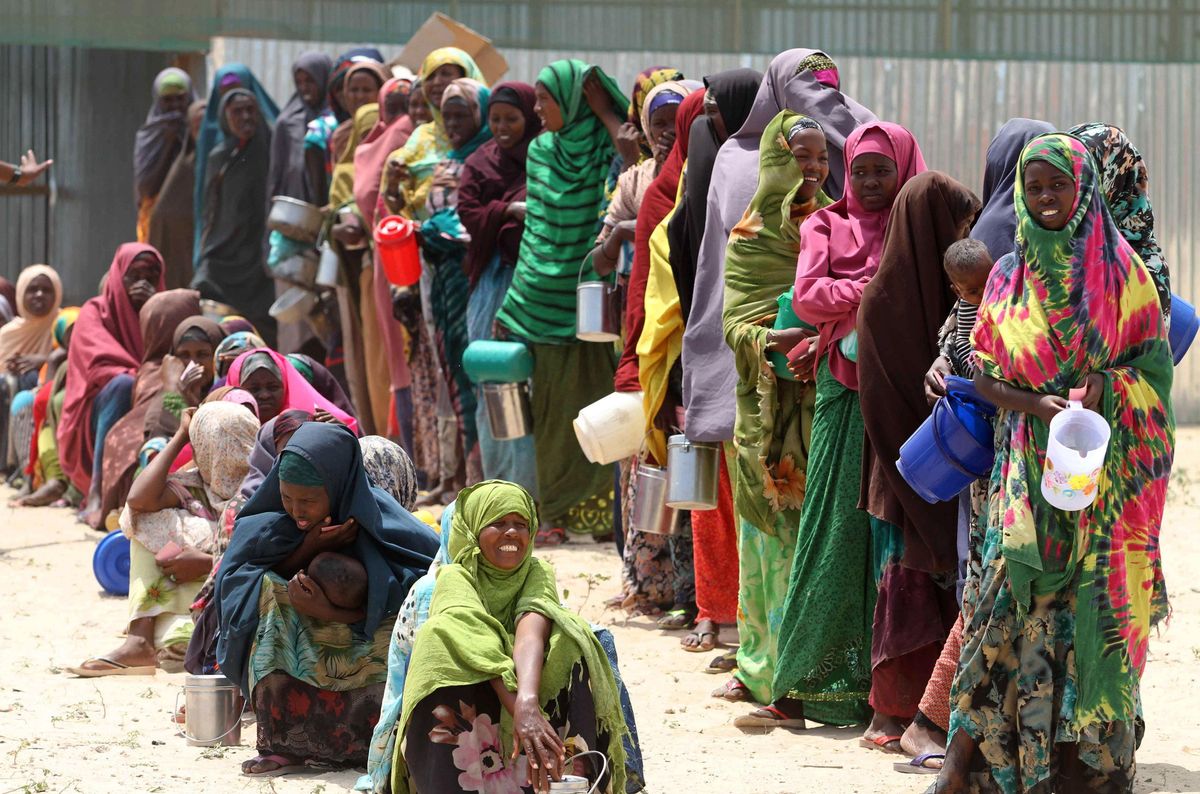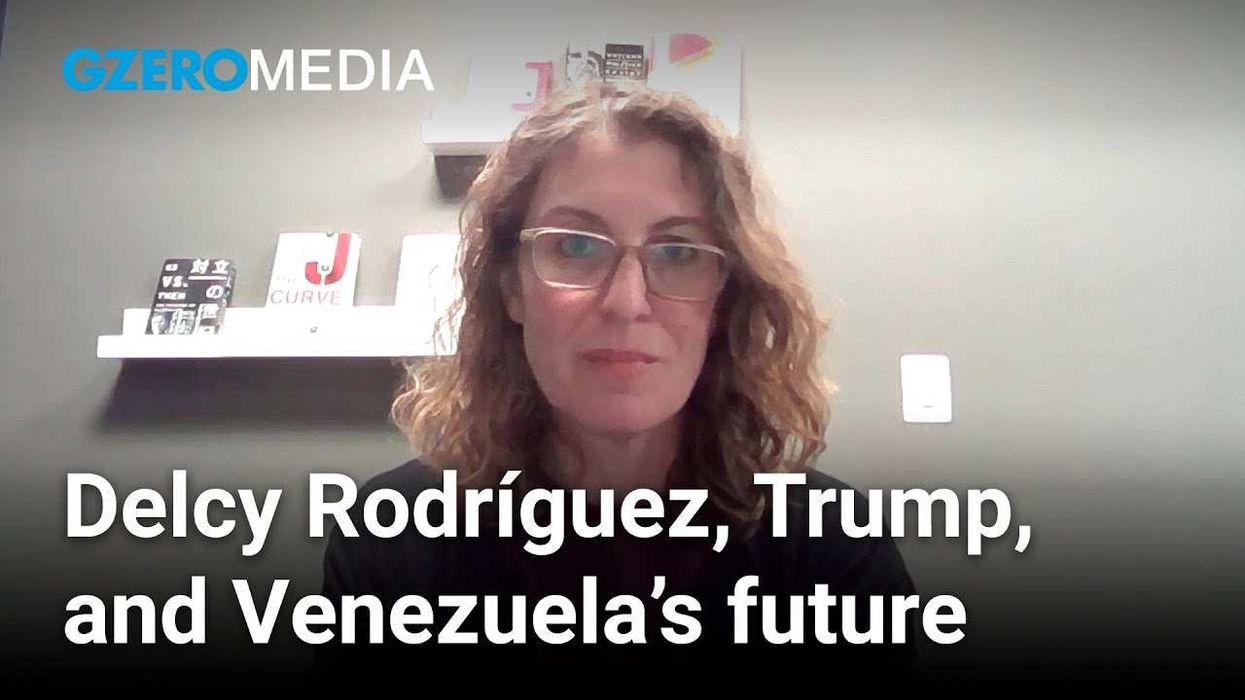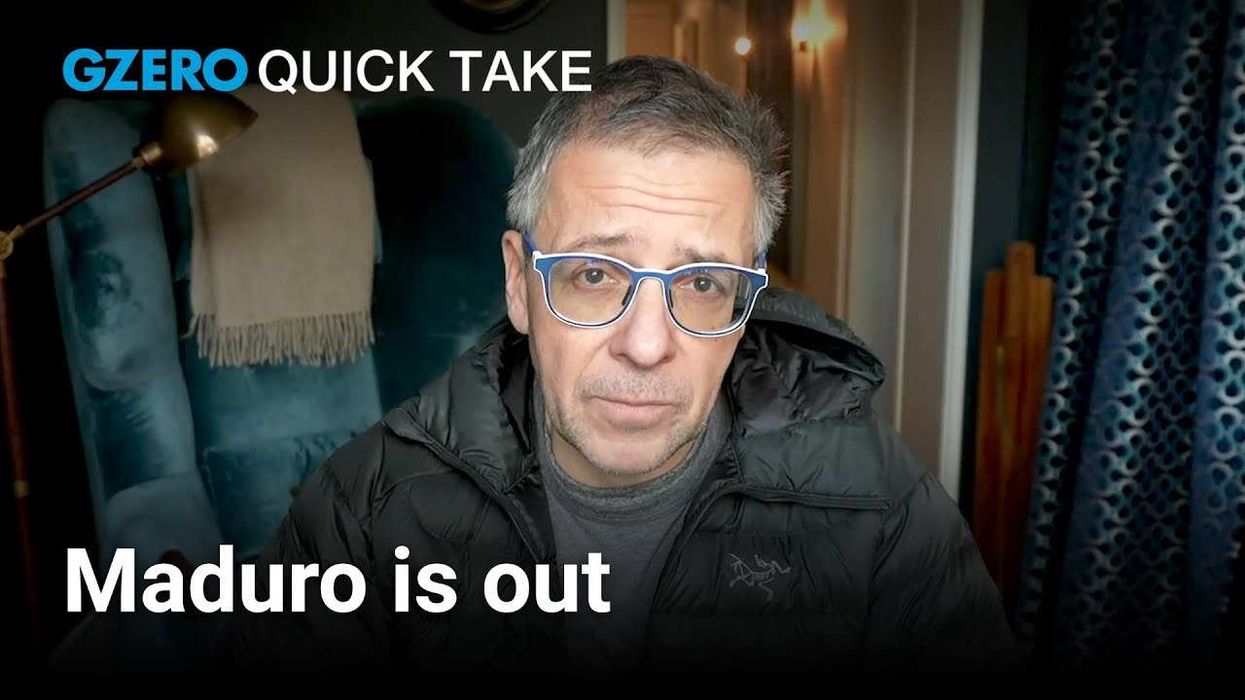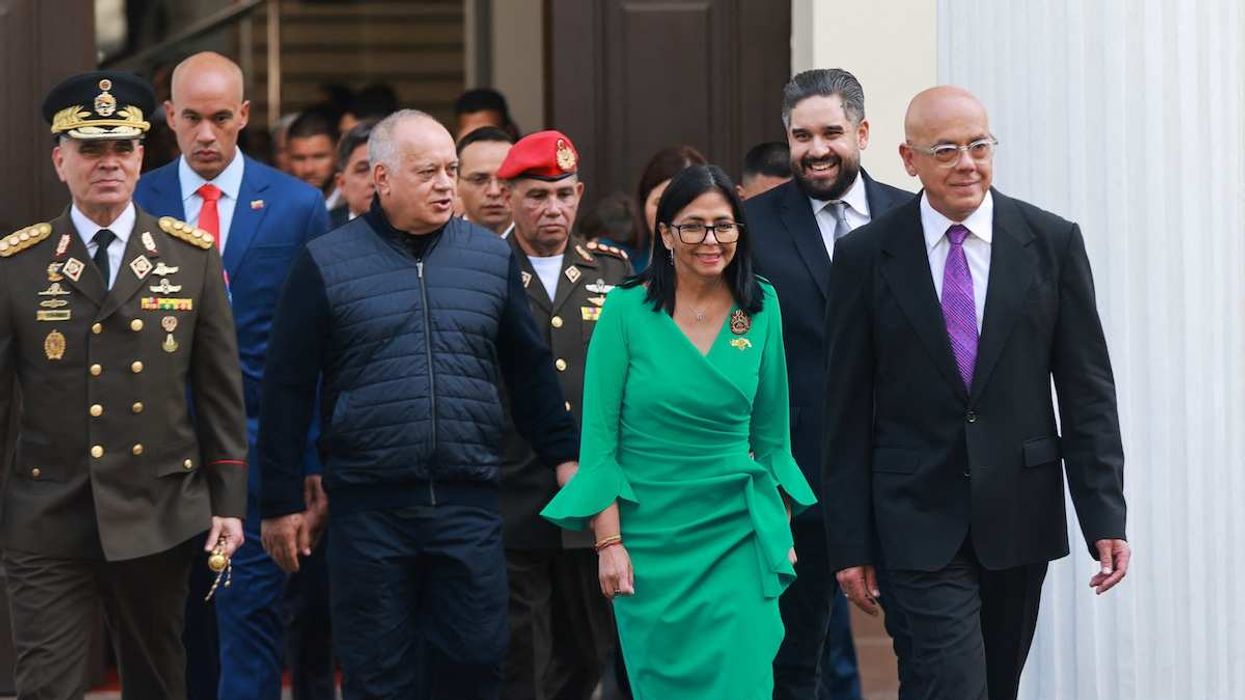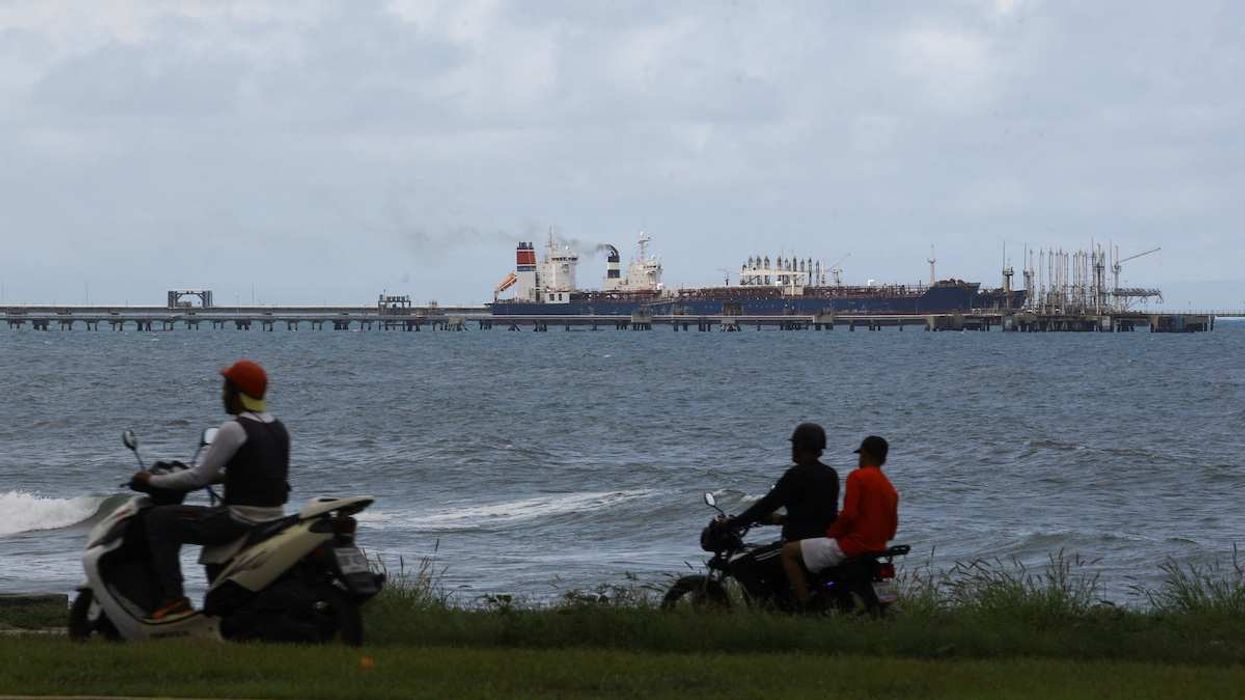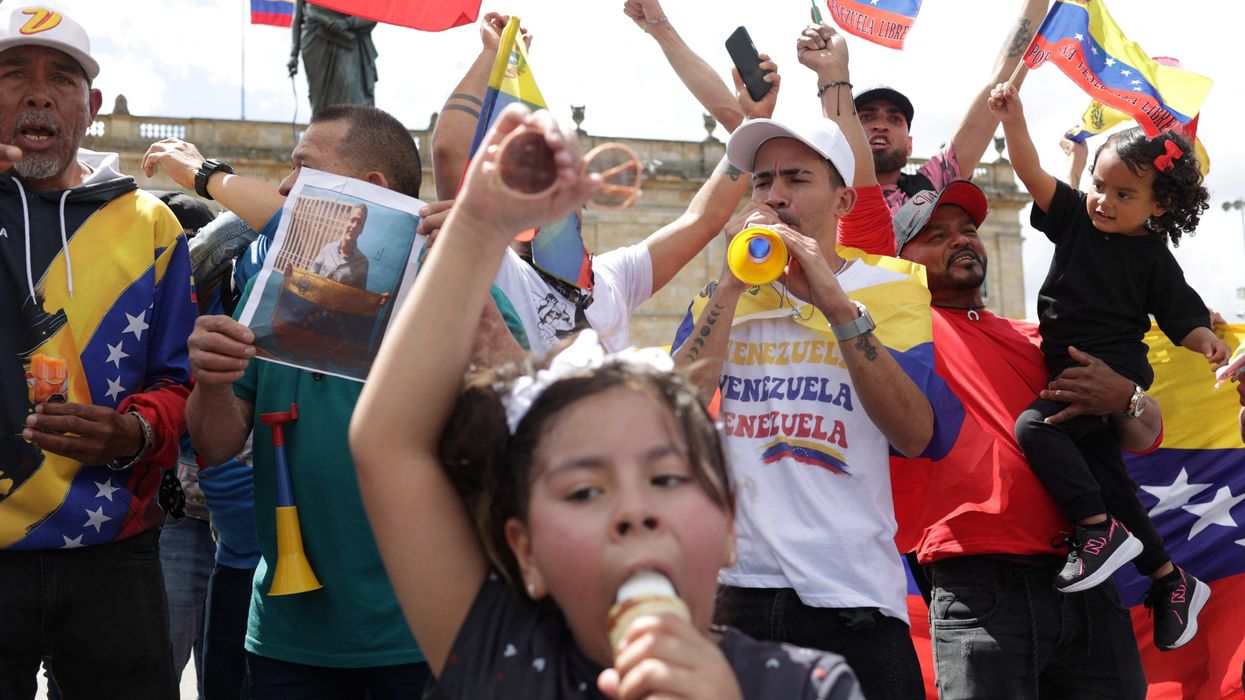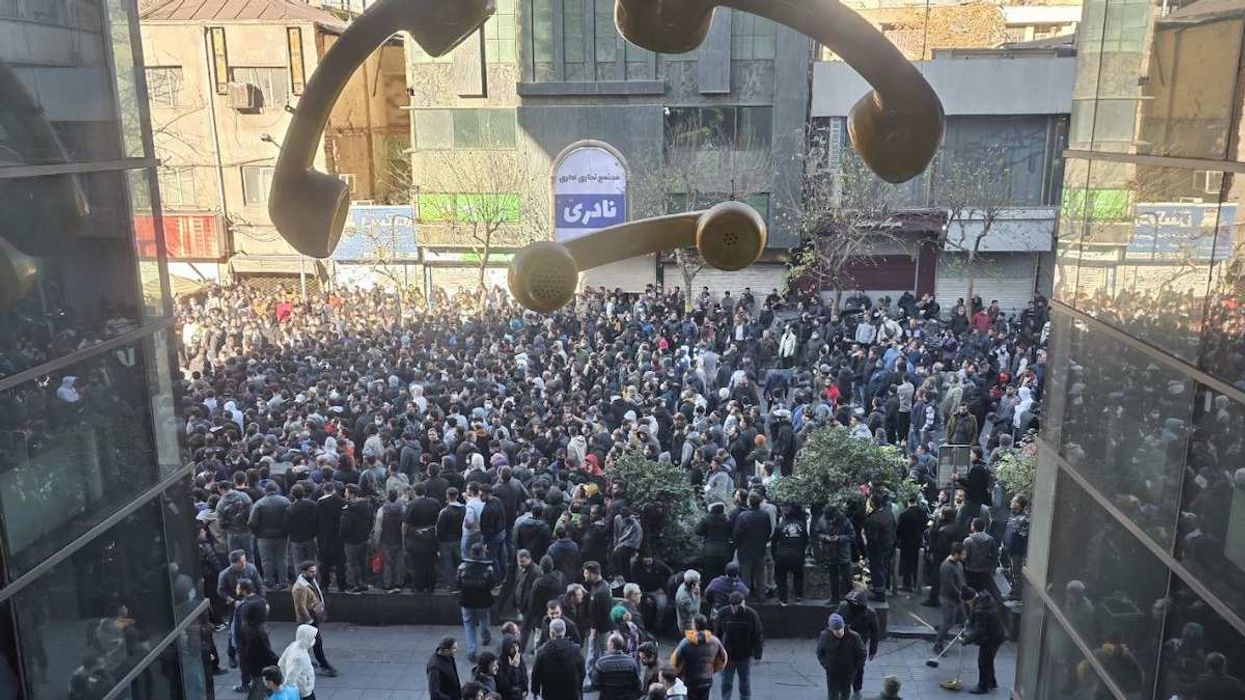The effects of the global food crisis have hit some parts of the globe harder than others. Prone to drought and largely reliant on food imports, the Horn of Africa is reeling, and Somalia, in particular, is facing an acute crisis.
The UN warned this week that “famine is at the door” of the 17 million-strong country, cautioning that several provinces in the southern Bay region could be in the throes of a deadly famine by the end of the year.
Somalia’s current predicament is a cautionary tale for other East African states that have also been pummeled in recent decades by extreme weather events and social and political instability.
First, what constitutes famine?
The UN, in conjunction with national governments, will give a famine designation when 20% of households in a given area are facing an extreme lack of food – and if 30% of children in those areas suffer from acute malnutrition. Technically, it means two adults or four children out of every 10,000 people are dying daily. Parts of Somalia could reach these grim milestones as early as next month, the UN says, with more than 850,000 Somalis living in affected areas.
How did Somalia get here?
Drought and climate change. Somalia has long been prone to drought as a result of arid conditions and irregular rainfall that also affects the wider Horn of Africa, including Ethiopia and Kenya. The problem has been exacerbated by climate change, which has led to more prolonged dry spells that have decimated livestock and water supplies and pummeled the agriculture trade.
The collapse in domestic food crops in Somalia – and surging demand as a result of urbanization – has led to a massive increase in food imports over the past three decades. In 2015, agriculture imports in Somalia rose 18 times to $1.5 billion, up from $82 million in the late 1980s. Indeed, this reliance on outside food sources has made the country increasingly vulnerable to global economic shocks and rising food prices. What’s more, government ineptitude and corruption led to vast underinvestment in the agriculture sector, which in 2018 accounted for 75% of Somalia’s total gross domestic product.
But would an official famine designation drive up foreign funding? Eurasia Group Africa analyst Connor Vasey says that is unlikely.
"The UN designation is important – it provides a bigger platform for the food security issue and increases the perceived urgency – but it comes at a time where other serious crises are still unfolding," Vasey says, adding that "many of the big financial players are primarily concerned with what is going on in the western hemisphere, which is not encouraging."
The Russia-Ukraine factor. Before the war in Ukraine, Somalia imported 90% of its wheat from Russia and Ukraine, known as the breadbasket of Europe. As Ukrainian supplies have been choked off by a Russian blockade at its Black Sea ports, Mogadishu has been forced to compete for limited global supplies with other major wheat importers (like Turkey and Egypt) that have deeper pockets.
Conflict. Thirty years since Somalia’s brutal civil war ended, the country is still rife with violence and mired in sectarian conflict.
Al-Shabab, the terror group affiliated with al-Qaida, has wreaked havoc throughout Somalia – and the region – since 2006, targeting civilians in deadly suicide bombings as part of its anti-government insurgency. The group also controls large swaths of territory, particularly in southern and central Somalia, and has often targeted UN aid workers, which has made it difficult to get food aid to those who need it.
In recent years, some aid organizations have balked at having to negotiate with – and pay off – al-Shabab militants to deliver food aid, while other groups say it’s too dangerous to send their staff into such volatile areas. Indeed, the UN World Food Programme has previously suspended its operations in southern Somalia because of an uptick in Islamist violence.
"Access issues are major hindrance to the deployment of humanitarian assistance," Vasey says.
"On the one hand this is created by al-Shabaab itself and its activities, but it is further complicated by the efforts of pro-government forces (and others) to neutralize al-Shabaab. Recent rhetoric from the government suggests an increase in the latter issue, with hard-to-reach areas becoming, well, harder to reach."
Moreover, aid organizations and foreign governments are fearful of running afoul of US laws preventing the financing of terror organizations. (Washington in 2008 designated al-Shabab a Foreign Terrorist Organization, which prohibits “economic transactions” with the group.) Somalia’s Prime Minister Hamza Abdi Barre recently tapped a former high-ranking al-Shabab militant to serve in his cabinet in hopes of healing internal strife, but al-Shabab violence remains rampant.
A perfect storm. With the UN General Assembly set to kick off next week, followed in November by the UN’s Climate Change Conference in Cairo, many politicians will use the UN podium to draw attention to the geopolitics of climate change and the inequities of the related food crisis. (Pakistan, for its part, is still reeling from deadly floods that have killed more than 1,300 people, while India recently experienced a once-in-a-generation heatwave.)
Meanwhile, parts of South Sudan, Ethiopia, Nigeria, and elsewhere, are also facing acute food shortages, raising fears of famine, according to the WFP.
Somalia is at the frontline of the current food calamity. But sadly, many countries appear to be destined for a similar fate.
